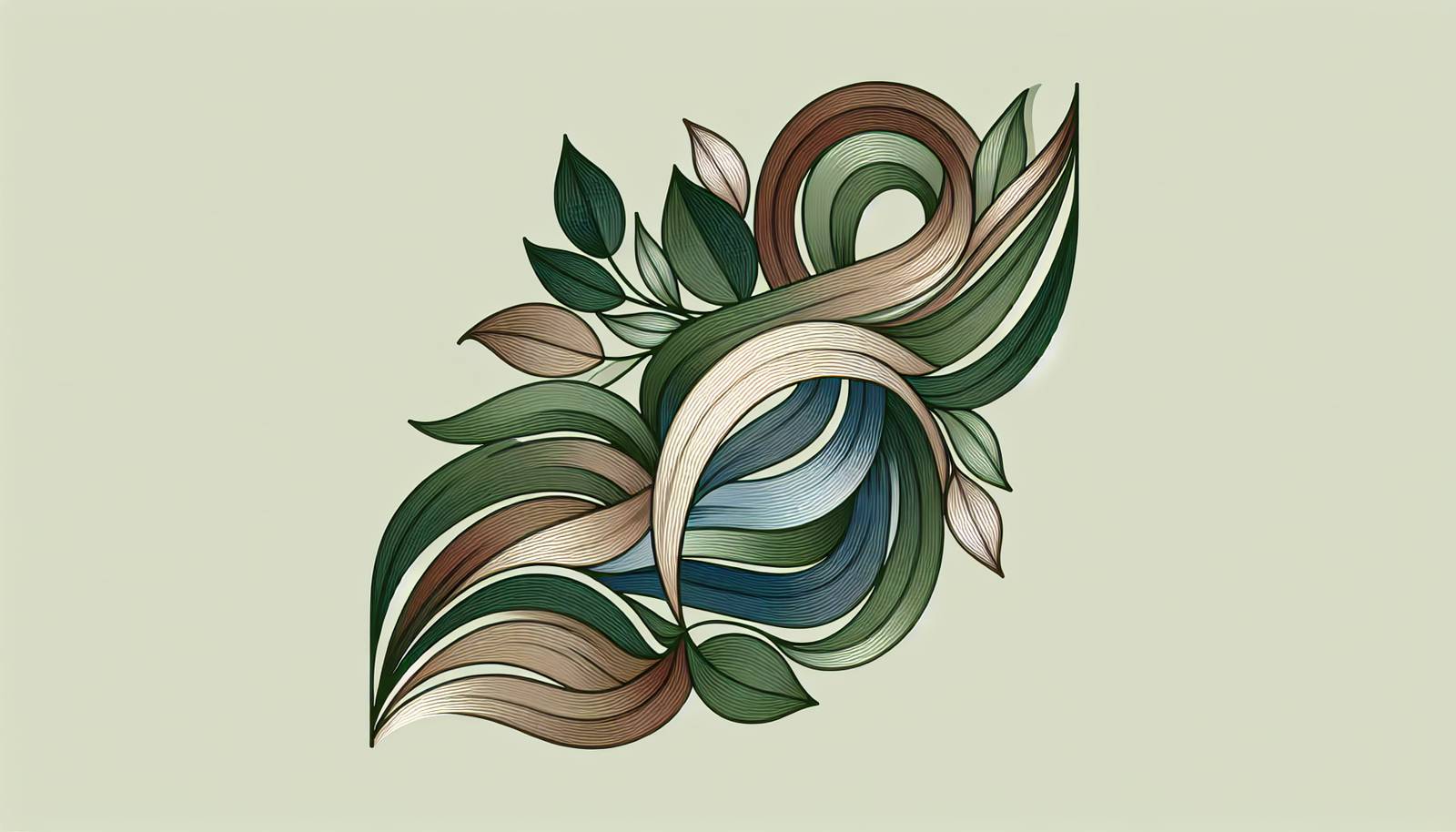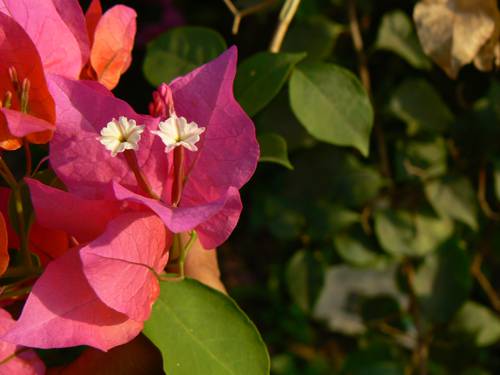
FAQ About Mistakes Indoor Plant Owners Commonly Make

What are some common signs of overwatering indoor plants?
Overwatering is a frequent mistake among indoor plant owners. Common signs include yellowing leaves, wilting despite moist soil, mold growth on the soil surface, and root rot. If you notice these symptoms, it's important to adjust your watering schedule immediately and allow the soil to dry out before the next watering.

How can lighting affect the health of my indoor plants?
Lighting is crucial for the photosynthesis process, which is essential for plant growth. Inadequate lighting can lead to symptoms such as leggy growth, smaller leaves, and a dull appearance. Conversely, too much direct sunlight can scorch leaves. Understanding the light requirements of your specific plants and providing the appropriate light levels can ensure healthy growth.

How often should I water my indoor plants?
The frequency of watering indoor plants depends on several factors like plant type, pot size, and environmental conditions. A common method is the finger test – check if the top inch of soil is dry before watering. It’s important to research the specific water needs of each plant, as some plants, like succulents and cacti, require less frequent watering compared to tropical varieties.

What is root rot and how can I prevent it?
Root rot is a condition caused by overwatering or poorly draining soil that leads to roots suffocating and decaying. To prevent root rot, ensure your plant pot has adequate drainage holes, use well-draining potting mix, and avoid watering your plant until the topsoil is dry. If you suspect root rot, try repotting the plant with fresh soil and trimming away any affected roots.

Why are the leaves on my indoor plant turning brown?
Brown leaves can result from several issues, such as underwatering, overwatering, or exposure to extreme temperatures. It is also a sign of low humidity for many tropical plants. Assess your watering routine, consider humidity levels, and ensure your plant is placed away from drafts or direct heat sources. Adjusting these factors can often resolve the problem.

How do I know if my indoor plant is getting enough light?
Observe the plant’s growth: healthy color, robust growth, and appropriately sized leaves often indicate adequate lighting. If the plant is reaching towards the light source, has pale or small leaves, or is growing more slowly than expected, it may need more light. Consider supplemental grow lights if natural light sources are insufficient.

Can indoor plants suffer from too much direct sunlight?
Yes, many indoor plants are susceptible to leaf burn or scorch from too much direct sunlight. Symptoms include brown, crispy edges, or bleached spots on the leaves. To prevent this, place such plants in indirect sunlight or a location with filtered light, and be aware that some species, like succulents, can tolerate more direct sunlight than others.

What is the best way to increase humidity around indoor plants?
To increase humidity for indoor plants, consider using a room humidifier or placing a tray with water and pebbles near the plants. Grouping plants together can also create a microenvironment with higher humidity. Regular misting can help, but be sure to research plant-specific needs, as not all plants respond well to this method.

How should I select the right pot for my indoor plant?
Choosing the right pot involves considering size, material, and drainage. The pot should be slightly larger than the plant’s current root ball to allow growth but not so large that it retains excess moisture. Materials like terra cotta offer breathability, while drainage holes are crucial to prevent waterlogging, thus avoiding root rot.

What are the risks of using the wrong potting soil for my indoor plants?
Using inappropriate potting soil can lead to poor water retention, drainage issues, and nutrient deficiencies. For example, cactus and succulent soil mixes provide the drainage these plants need, whereas a moisture-retentive mix is more suitable for ferns and tropical plants. Always choose a soil type that matches the natural habitat of your plant.

How can temperature fluctuations affect indoor plants?
Indoor plants are sensitive to temperature changes. Fluctuations can cause stress, leading to wilting, leaf drop, or stunted growth. Sudden drafts or placement near heat sources can further exacerbate these conditions. Maintaining a stable environment within the recommended temperature range for your specific plant species is ideal for healthy growth.

Why am I seeing pests on my indoor plants and how can I manage them?
Indoor plants can attract pests like spider mites, aphids, and fungus gnats, often due to poor plant health or overwatering. Regular monitoring and maintaining clean, dry conditions can prevent infestations. To manage pests, consider wiping leaves with soapy water, using insecticidal soap, or neem oil, and isolate affected plants to reduce spread.

How often should I fertilize my indoor plants?
Fertilization needs vary based on the plant type and growth stage. Generally, fertilize during the active growing season (spring and summer) every 4-6 weeks using a balanced, diluted fertilizer. Be cautious not to over-fertilize, as this can lead to salt buildup in the soil, harming the plant. Adjust the frequency based on the specific needs of your plant.

What are some signs that my indoor plant is root-bound, and what should I do?
Signs that a plant is root-bound include roots growing out of drainage holes, stunted growth, and poor water uptake due to compacted roots. If you see these signs, it’s time to repot your plant into a larger container, gently freeing any tangled roots and providing fresh soil to encourage healthier growth.

Is it necessary to prune indoor plants, and if so, how often?
Pruning indoor plants is important for maintaining shape, encouraging growth, and removing dead or diseased parts. The frequency depends on plant type and growth rate. Generally, pruning can be done annually during the spring. Use clean, sharp scissors or pruning shears, and make sure to research the specific pruning needs of your plant type.

What are the effects of poor air circulation on indoor plants?
Poor air circulation can lead to mold growth, increased humidity, and pest infestations in indoor plants. Ensuring adequate air movement by strategically placing fans or opening windows can help prevent these issues. Proper spacing between plants also promotes better airflow, reducing the risk of mold and pests.

How can I effectively clean the leaves of my indoor plants?
Cleaning the leaves of your indoor plants helps them to photosynthesize effectively and remain healthy. Use a soft, damp cloth to gently wipe dust off the leaves or rinse them with lukewarm water in the sink. For plants with delicate leaves, a light misting is preferable. Avoid harsh chemicals, and always dry the leaves if excess water remains.

Are there any indoor plants that are particularly easy for beginners?
Yes, some indoor plants are more forgiving and suited for beginners. For instance, snake plants, pothos, spider plants, and succulents like jade plants are known for their low maintenance and adaptability. These plants typically tolerate a variety of light conditions and have minimal watering needs, making them ideal for novice plant owners.

How do seasonal changes affect indoor plant care?
Seasonal changes influence light availability, temperature, and humidity. In winter, the reduced daylight and lower humidity may mean adjusting watering and misting routines. In contrast, summer often requires more frequent watering and possible shading against intense sunlight. Understanding these changes helps maintain plant health year-round.

What should I do if my indoor plant isn't flowering?
If your plant isn't flowering, it could be due to insufficient light, incorrect temperature, or nutrient deficiencies. Ensure the plant receives adequate light and is in the optimal temperature range. Fertilize appropriately with a bloom-boosting formula if needed. Some plants have specific dormant periods, so patience and correct conditions are key.
